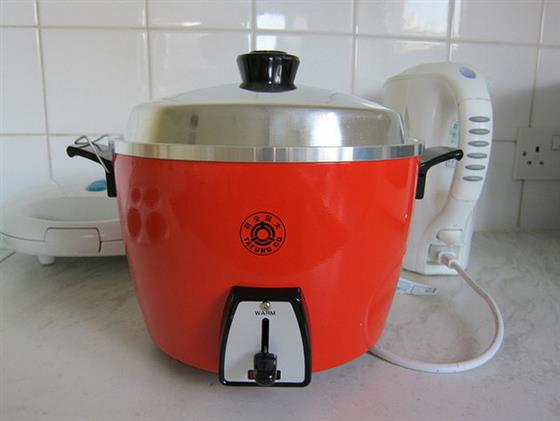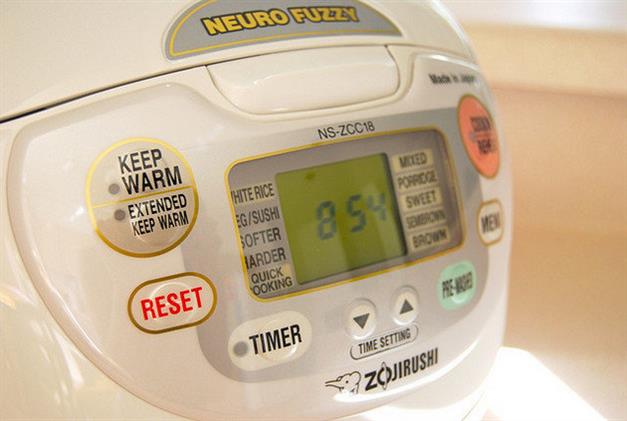
Consider The Rice Cooker
By Sheere Ng - Tuesday, Jun 04, 2013
The advent of electricity and corporations eager to tap into the commercial market saw an electric kitchen appliances boom in the mid 20th century, emancipating many women from labour intensive cooking chores. One of these appliances is the rice cooker.

But unlike microwave oven (invented at about the same time) which changed the structure of family meals, the rice cooker allowed Asians to eat the same traditional meal with greater ease.
Before rice cooker came about, rice was cooked in boiling water until the rice absorbed the water, expanded and softened. This method required the cook’s careful watch lest it burned. Stirring consistently was not an option unless porridge was appreciated for dinner.

The first commercial electric rice cooker was introduced in Japan by Mitsubishi Electric Corporation in 1945. However, it had no automatic turn-off function and still required constant monitoring during cooking.
A more successful version was introduced a decade later by another Japanese corporation Toshiba. It employed a double chamber indirect cooking method whereby rice was put into a rice pot and water into the outer compartment. When the water boiled off, a thermostat was activated to automatically switch off the appliance to prevent over cooking. Within four years of its introduction, half of the Japanese households swore by it.
It was gradually phased out by later models that came with a removable rice pot and keep warm function. These too were later outdone in the ‘80s by higher end rice cookers that came with memory chips that remembered the desired cooking time and allowed the setting of preferred texture (e.g. soft, medium, firm).
From Japan, the rice cookers travelled to Hong Kong, China (where they mass produced economical rice cookers with limited functions) and South Korea (where new cookers were designed with greater pressure to cook the rice softer, which is how the Koreans like it).
But rice cookers are not the be-all-and-end-all solution for all rice types. Basmati rice is best when it’s fluffy and separate, but the slow cooking in rice cooker turns it gummy. This may explain why rice cookers are not as ubiquitous in India as in China.


